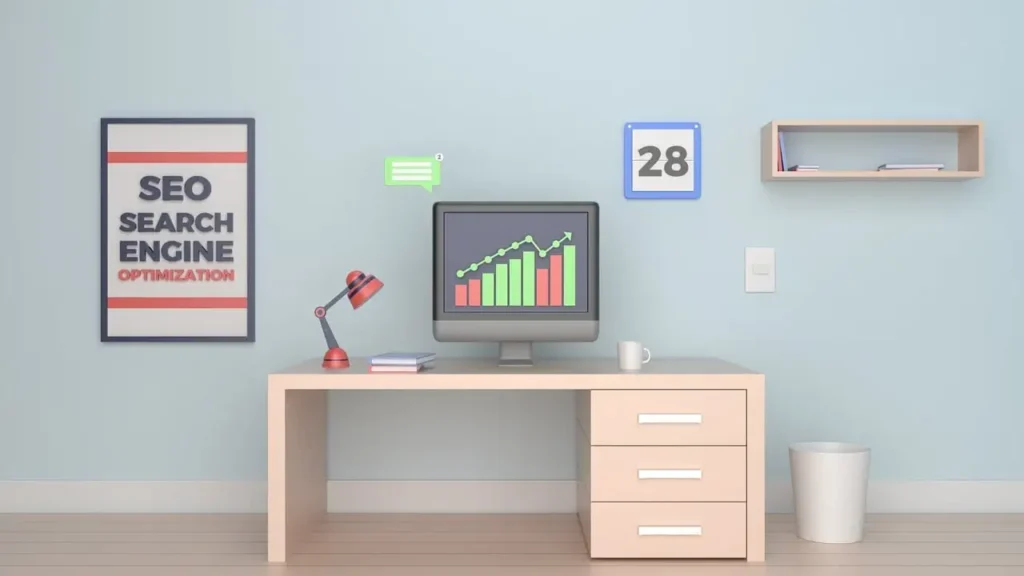In the realm of digital marketing, the quest for maximizing search engine visibility reigns supreme. To attain this, the strategic maneuvering of on-page content is pivotal. Here’s a comprehensive guide to re-optimizing on-page content, a process that can notably revamp your SEO strategy.

Understanding the Importance of Re-Optimization
At times, a mere refresh of your existing on-page content can wield astonishing results in search engine rankings. Re-optimization involves a strategic revisit to content elements like meta tags, titles, headings, and textual material, thereby enriching the SEO value.
Initial Assessment: Evaluating Current Performance
Begin by conducting a meticulous audit of your website’s existing content. Identify pages that demand attention, pinpointing the ones not performing up to the mark. Analyze keywords, relevance, and user engagement metrics.
Keyword Research and Integration
An integral aspect of re-optimization is recalibrating keyword usage. Undertake comprehensive keyword research to unearth trending and relevant terms. Skillfully integrate these keywords within the content, ensuring a natural and seamless fit.
Enhancing Meta Tags and Titles
Craft compelling meta descriptions and titles, incorporating the newly researched keywords. These elements serve as the face of your content in search engine results, significantly impacting click-through rates and user engagement.
Content Refinement for User Engagement
Revisit the content itself, aiming for enhanced readability and engagement. Ensure that the material is informative, well-structured, and caters directly to the audience’s needs. Employing transitional words and phrases can seamlessly guide readers through the content.
Optimizing Headings and Subheadings
Utilize appropriate headings and subheadings, structuring the content effectively. These act as signposts for both readers and search engines, emphasizing the crucial elements of the text and aiding in easy comprehension.
Visual Content Enhancement
Where applicable, enrich the content with high-quality images, infographics, or videos. Visual elements not only enhance user experience but also contribute to a diversified and enriched page for search engines to index.
Technical Optimization and Page Speed
Address technical aspects such as page load speed and mobile responsiveness. A fast-loading, mobile-friendly page contributes significantly to user satisfaction and can positively impact search engine rankings.
Monitoring and Iterative Refinement
Post re-optimization, consistently monitor the performance of the updated content. Analytics provide insights into user behavior, allowing iterative refinement for further enhancement.
Conclusion
Re-optimizing on-page content is an art that necessitates a dynamic and proactive approach in the ever-evolving landscape of SEO. By embracing this methodical process, businesses can witness an upsurge in search engine rankings and user engagement, ultimately bolstering their online presence.
Efficiently navigating the re-optimization landscape can significantly impact your SEO strategy, driving increased traffic and fostering a robust digital presence.










